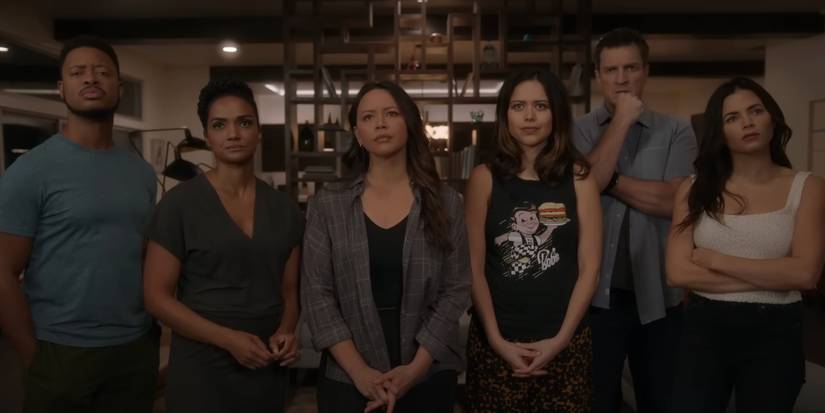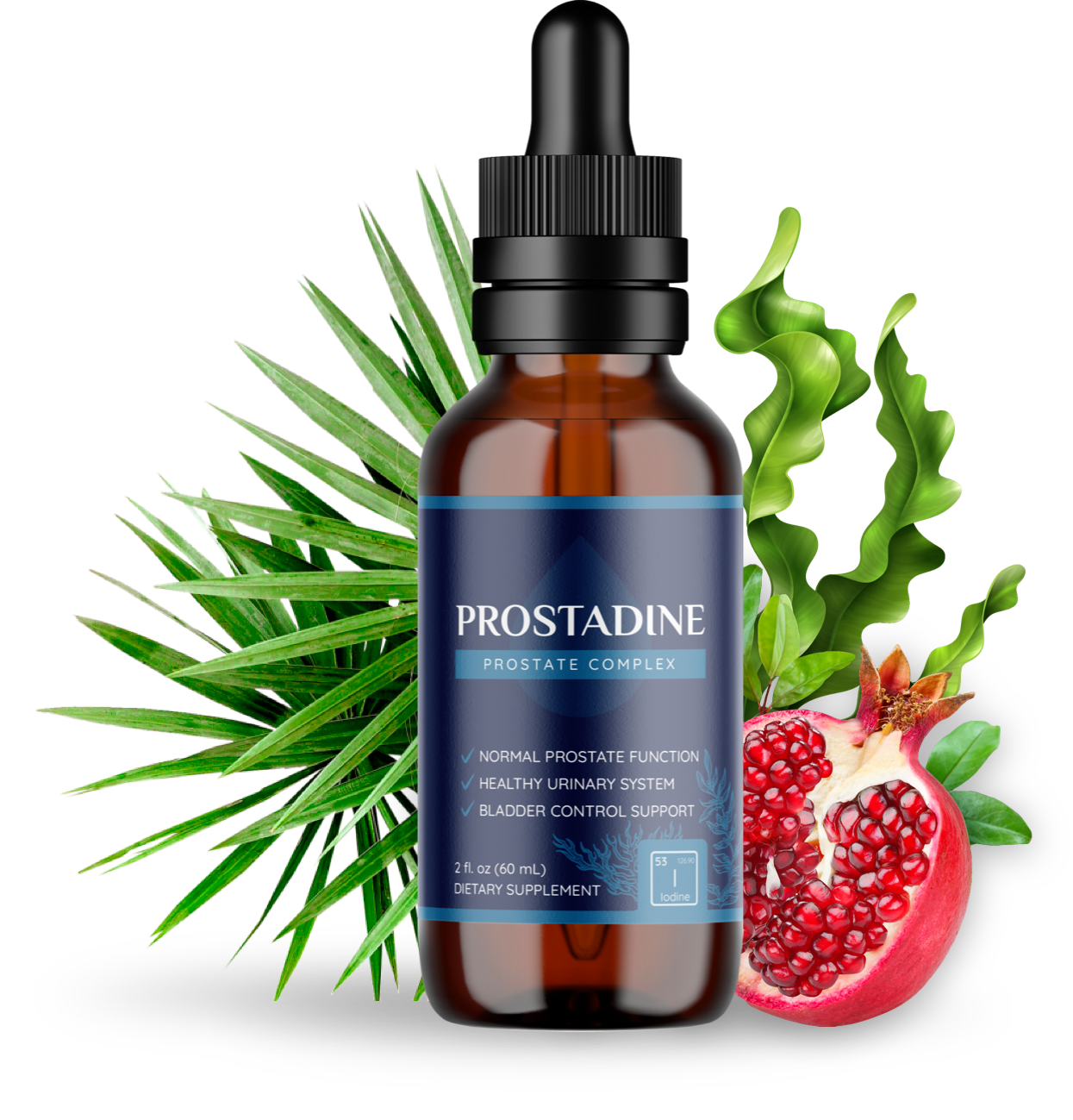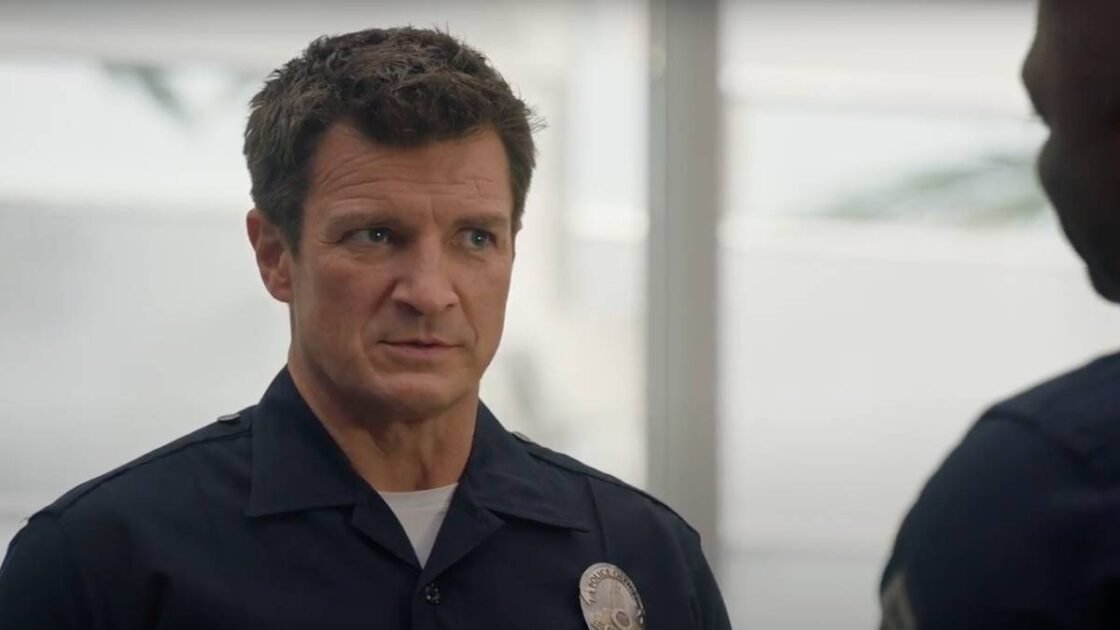In a television landscape flooded with procedurals, adaptations, and streaming binges, it’s easy to assume that shows like ABC’s The Rookie and High Potential would get lost in the shuffle. Yet both have managed to hook audiences season after season for seemingly very different reasons.
One has Nathan Fillion running through shootouts as LA’s oldest rookie cop and becoming a successful training officer, while the other has Kaitlin Olson juggling homicide cases with three kids and a wardrobe that could rival creations on Project Runway. But look closer, and there’s a single thread connecting them: Both shows make us care about the people solving the cases as much as the cases themselves.
Why Character Matters As Much as the Cases

The cast of The Rookie in a Season 6 episode.
On paper, The Rookie and High Potential could not appear more different. The Rookie, now going onto its eighth season, is a large-scale ensemble cop drama that follows John Nolan (Fillion), a man who leaves his construction work in small-town Pennsylvania for the thrills — and trials — of the LAPD. The series is built on a mix of humor, suspense, and episodic criminal investigations. Still, its strength is in watching Nolan and the rookies around him grow into the professionals they become.
Characters like Lucy Chen (Melissa O'Neil) and Celina Juarez (Lisseth Chavez) have their own storylines, which receive the same priority as the crimes they investigate rather than just being regarded as side characters. Even Richard T. Jones, as Watch Commander Wade Grey, gets the occasional moment or two when a more human intelligence is seen beneath the badge. The cases themselves are often melodramatic but relatable, featuring domestic disputes, missing children, and the occasional over-the-top firefight. The tension isn’t in whether justice is served — because it usually is — but in how the characters will make it through the chaos and, most crucially, how they’ll be changed by it.
High Potential, by contrast, is almost absurdly playful. Olson’s Morgan Guillory is a cleaner at the LAPD who happens to have an IQ of 160 and a photographic memory. One spilled file later, she’s solving murders that have stumped detectives for days. The show leans into the ridiculousness of its premise, featuring elaborate “clues hidden in plain sight” sequences and quick-cut, often comedic visuals that reveal Morgan’s thought process. Each case is a puzzle designed to entertain, not overwhelm. And yet, beneath the comedy and bright colors, there’s a human story. Morgan is a single mother navigating a tricky family life while pursuing the cold case of her missing partner, Roman. The stakes may be wrapped in whimsy, but the emotional investment is real.
What both shows understand is that audiences don’t just tune in for the crimes, they tune in for the people. On The Rookie, viewers follow Nolan’s journey from nervous, middle-aged rookie to confident training officer, feeling each misstep, each victory, and each awkward romance along the way. On High Potential, viewers are drawn to Morgan’s relentless intellect, wit, and resilience, as well as her dynamic with the skeptical but increasingly supportive Detective Adam Karadec (Daniel Sunjata). Meanwhile, supporting characters like Daphne Forrester (Javicia Leslie) and Lev "Oz" Ozdil (Deniz Akdeniz) add extra layers to the mysteries. In both cases, the procedural acts as a stage for character development, not the other way around.
What Keeps Audiences Coming Back

The cast of High Potential in a Season 1 episode.
This emphasis on human connection explains why both shows have thrived in a world increasingly obsessed with high-concept prestige TV. Peak TV’s heyday saw networks chasing serialized, cinematic dramas that demanded attention and often left viewers exhausted. The Rookie and High Potential go in the other direction. They're binge-friendly, predictable enough to be comforting but never so formulaic that the viewer tunes out. High Potential's episodic mysteries, with their quirky cutscenes and snappy visual gags, are easy to dip in and out of while remaining invested in Morgan's larger narrative. The Rookie's cast format allows viewers to shift focus between characters, enabling emotional stakes to stay fresh even as cases accumulate.
Both shows also leverage their stars’ natural charisma to anchor the ensemble. Fillion brings warmth and humor to Nolan’s journey, and even when the crimes are thinly plotted or the pacing uneven, his presence, along with couples to become invested in like Lucy and Tim’s Chenford or Lopez and Wesley’s Wopez, makes viewers want to stick around. Similarly, Olson carries High Potential with a balance of energy, vulnerability, and intelligence that makes Morgan compelling even in the most ridiculous scenarios. Neither show requires that every plot twist be groundbreaking — the performances and character dynamics are enough to sustain attention.
Ultimately, the enduring appeal of The Rookie and High Potential stems from the trust it inspires. Audiences trust that the characters will navigate the chaos with skill, wit, and humanity. They trust that there will be humor, tension, and occasionally heartbreak along the way. And perhaps most importantly, they trust that investing in these characters is worthwhile, whether the show is structured around a high-stakes homicide or a meticulously arranged evidence board.
In a genre that could easily be dominated by gimmicks, cynicism, or endless “shock value” twists, The Rookie and High Potential remind viewers why procedurals endure: Because we want to follow people we are invested in through situations that matter to them. The cases matter, yes — but the people matter more. And it’s that focus on character, personality, and human connection that keeps audiences returning, week after week, or episode after episode in a binge.
Procedurals will evolve, and new variations will continue to appear, but the secret of shows like The Rookie and High Potential is simple. There is a need to make audiences care about the people behind the badge, the lab coat, or the consulting notepad, and we’ll keep watching, regardless of the issues they’re navigating.















































































































